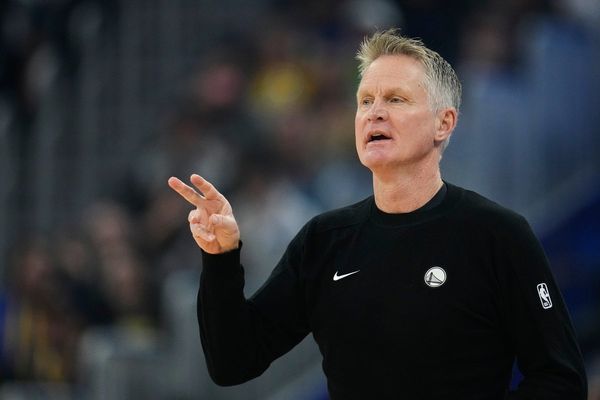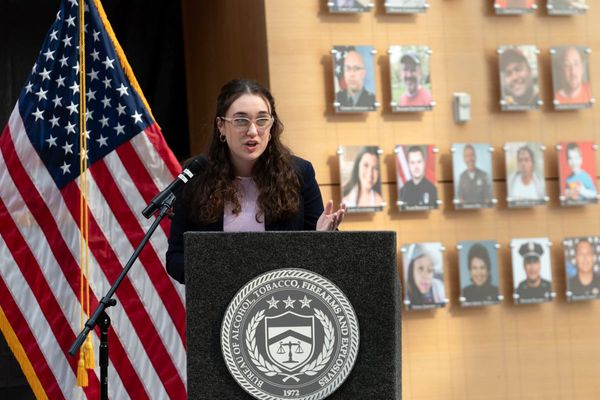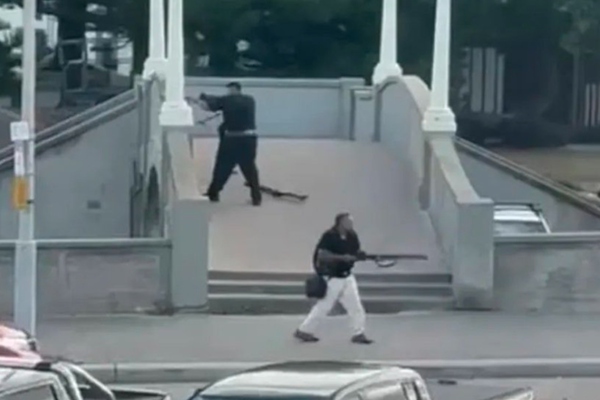IF the SNP had to face a Holyrood by-election test right now, Hamilton, Larkhall and Stonehouse is not a constituency they would have chosen as the ideal battleground.
The late Christina McKelvie’s winning margin over the Labour candidate in the seat was 12.6% at the 2021 election, which sounds healthy enough – but that was achieved in the context of a record-breaking national landslide for the SNP, when Scottish Labour were trailing by more than 26 points across the country.
To win Thursday’s by-election, Labour wouldn’t need to be anywhere close to a Scotland-wide lead over the SNP. Trimming the SNP’s national lead to 13 points would, on a uniform swing, be enough to push Labour ahead in the constituency.
Consequently, this is a by-election that would have been unwinnable for the SNP during most of 2024. And as a reminder, the constituency overlaps with the Westminster seat of Hamilton and Clyde Valley, which was easily captured by Labour at last July’s General Election by a 22-point margin.
By March of this year, when it became clear the by-election would be taking place, the SNP had re-established themselves and held an 11-point Scotland-wide lead on the Holyrood constituency ballot in a poll conducted by Survation – but even that was a small enough gap to leave Labour as slight favourites to gain Hamilton, Larkhall and Stonehouse.
Since then, there has been a poll showing the SNP with a huge 21-point national lead, which raised hopes that the by-election was taking place at a favourable time, and that the SNP might come away with a comfortable victory. But the most recent poll at the weekend from Norstat had the national lead at 14 points, which is consistent with only a razor-thin SNP advantage over Labour in Hamilton.
History and symbolism are the other reasons why the SNP might have preferred this contest to be taking place somewhere else. Hamilton was the scene of their greatest-ever by-election success in 1967, when Winnie Ewing stunned Labour by winning on a mammoth 38% swing.
The historical importance of that triumph can be explained very simply: prior to 1967, the SNP had never had any parliamentary representation (apart from for a few short weeks in 1945), but since then they have never been without parliamentary representation.
And yet they’ve learned the hard way that returning to the scene of their most famous win has its dangers.
In 1978, another Hamilton by-election came up, and the SNP put forward Margo MacDonald as a big-name candidate, in the hope and expectation that she would repeat Ewing’s feat. Instead, there was a swing against the SNP, allowing Labour’s George Robertson to romp home decisively.
The symbolic turning of the tide in the very place where it had all started for the SNP helped to generate considerable momentum for Labour, and contributed to the SNP’s massive setback in the 1979 General Election.
If a third dramatic upset in a Hamilton by-election is reported by the media on Friday, that will be bad news for the SNP because by definition it will mean they have lost. And despite the arithmetic firmly suggesting Labour should be in the hunt on Thursday, most of the chatter from the ground suggests that if the SNP face any real threat, it comes from Reform UK.
A win for Farage’s Unionist ultras would undoubtedly qualify as a by-election spectacular on a par with Hamilton 1967, and would invite comparisons that the independence movement might prefer to avoid.
However, the latest polling suggests that Reform are still well behind the SNP nationally, which means that the Nationalists ought to be able to fend off the challenge – especially as there doesn’t seem a reason to believe that Hamilton, Larkhall and Stonehouse is unusually favourable terrain for Reform.
There was no real sign of that at the General Election last year, when Reform took 8% of the vote in Hamilton and Clyde Valley – only a smidgeon better than their Scotland-wide showing of 7%. Constituency-level estimates from the 2016 EU referendum also suggest that the local vote for Leave may actually have been a tad lower than the Scotland-wide figure of 38% – and it’s known there is still a strong correlation between support for Brexit and support for Reform.
So despite the jitters, most of the indicators suggest the SNP are the likely winners on Thursday. But parliamentary by-elections are strange bubble environments in which voters often behave in a way they normally wouldn’t. The only safe assumption is that almost anything is possible.







